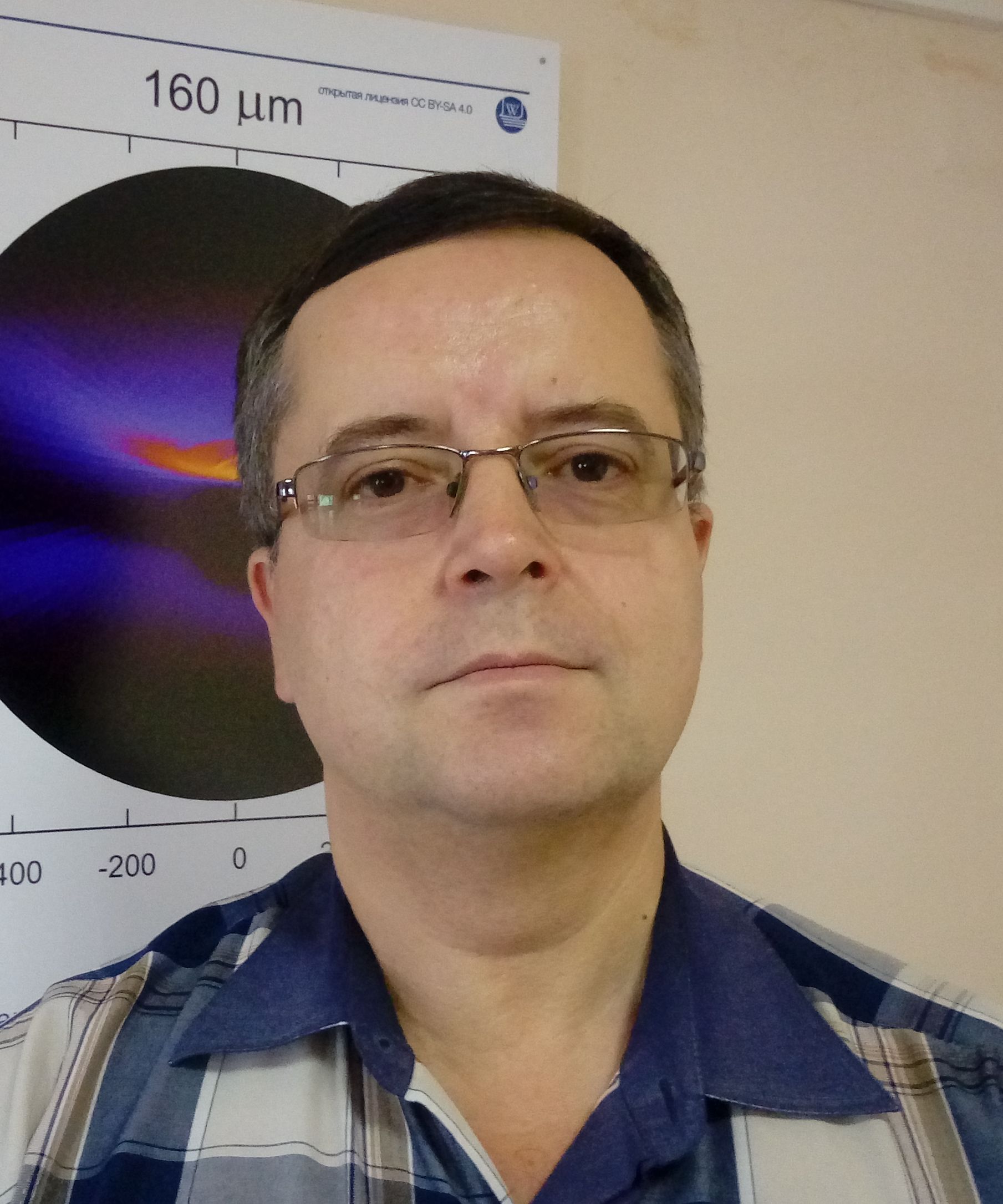Department of stellar physics and evolution
 Head of Department Head of DepartmentFull Dr. of Sci., RAS Prof.
|
Accretion on White Dwarfs
Lately, main attention was aimed at studies of close binaries with accreting white dwarfs. These systems are related to cataclysmic variables, Novae and type Ia Supernovae, X-ray sources. In particular a detailed study of hydrogen-accreting WD was accomplished. For the galaxies with different types of star formation, the number of supersoft X-ray sources was estimated, the spectra of emission in soft X-ray and EUV were constructed, the rates of Novae and SNe Ia were evaluated. In particular, we succeded to reproduce satisfactory the number of supersoft sources in the nearby elliptical galaxies and the ratio of emission in He II 4686 and Hβ lines in the stacked spectra of SDSS galaxies. Model estimates predict correctly the rate of Novae in the galaxies of different morphological types. It was shown that one of the main modern scenarii for formation of progenitors of SNe Ia — accumulation of Chandrasekhar mass by an accreting white dwarf in cataclysmic binaries with stationary burning of hydrogen or recurrent Novae is not able to provide more than several per cent of oserved SN Ia rate.
By a systematic study of white dwarfs accreting helium we found conditons for its burning in the regimes of weak (without ejection of matter) and strong (with ejection of matter) flashes and in detonation regime, depending on the accretor mass and the rate of accretion. Results of this study are used for the estimates of the rolee of the systems with He-accretion in production SNe Ia. We performed a detailed analysis of the evolution of ultracompact AM CVn-type cataclysmic binaries with helium white dwarf donors. It was shown that only ∼10 outbursts of unstable He-burning can occur. Hypothetical transients known as SNe Ia (Supernovae that are by an order of magnitude weaker than normal SN Ia and occur 10 times less often) do not happen in these systems.
Supermassive Black Holes in Binary Systems
One of interesting directions is the evolution of binary systems formed by a Supermassive Black Hole (SMBH) and a star in its immediate vicinity, for the case when the SMBH accretes primarily the matter of this star. The irradiation of the star by hard radiation emitted during accretion onto the SMBH is taken into account. Numerical simulations show that if the initial Roche-lobe filling factor is big enough, the evolution of system star-SMBH nearly always ends with the dynamical disruption of the star. But if this factor exceeds some critical value, the star may remove from SMBH even after Roche-lobe overflow. We investigate the dependence of this critical factor on the mass of SMBH, stellar mass and initial evolution stage of the star. We investigate also the parameters of remnants of stars removing from the SMBH.
Evolution of Carbonaceous Dust in the Interstellar Medium
Members of the department are also developing a model of evolution of hydrocarbon dust that includes the most important processes occurring with dust in interstellar medium both at molecular scale and at scale of large grains. A list of considered processes includes photo destruction, aromatization, erosion and fragmentation due to collisions to each other. This model is used for calculations of changing of dust size and aromatization level distributions, and synthetic infrared spectra depending on conditions in a medium (gas or shock wave velocity, radiation field intensity and etc.). Spectra change significantly during the evolution in near and middle infrared regions (from 2 to ~30 μm) as expected from the model because spectra in this region is raised from small grains that are more sensitive than large grains. The most ingenious aspect of the model is a process of transformation of dust grains from aliphatic to aromatic state (aromatization). Research in this field is only beginning and it is needed to have more experiments, though astronomical observations indicate that the process occurs in interstellar medium, so it is necessary to consider it in dust models.T model is applicable for calculations in a wide range of objects — supernova remnants, star formation regions (with HII regions), planetary nebula and etc.
Mass Transfer in Close Binary Systems
The study of mass transfer in close binary systems is an important direction in our department. A special attention is paid to interaction of a donor star (typically, a red dwarf ) and a accretor (white dwarf). A rotation and a magnetic field play an important role in their interaction. The important question is how these two factors influence on the mass stream flowing from the donor star to the Roche lobe of the accretor.
- Akimkin V.V. – Dr., researcher
- Borsheva E. – junior researcher, PhD student
- Gladysheva Yu. – junior researcher, PhD student
- Fedorova A.V. – Dr., senior researcher
- Barkov M. V. – Full Dr. of Sci., leading researcher
- Isakova P.B. – Dr., junior researcher
- Kirsanova M.S. – Dr., researcher
- Kononov D.A. – Dr., researcher
- Kochina O.V. – Dr., junior researcher
- Molyarova T.S. – junior researcher, PhD student
- Murga M.S. – Dr., researcher
- Sivkova E.E. – junior researcher, PhD student
- Topchieva A.P. – junior researcher, PhD student
- Tutukov A.V. – Full Dr. of Sci., Prof., principal researcher
- Wiebe D.S. – Full Dr. of Sci., RAS Professor, head of department
- Yungelson L.R. – Full Dr. of Sci., leading researcher
- Zhilkin A.G. – Full Dr. of Sci., leading researcher
